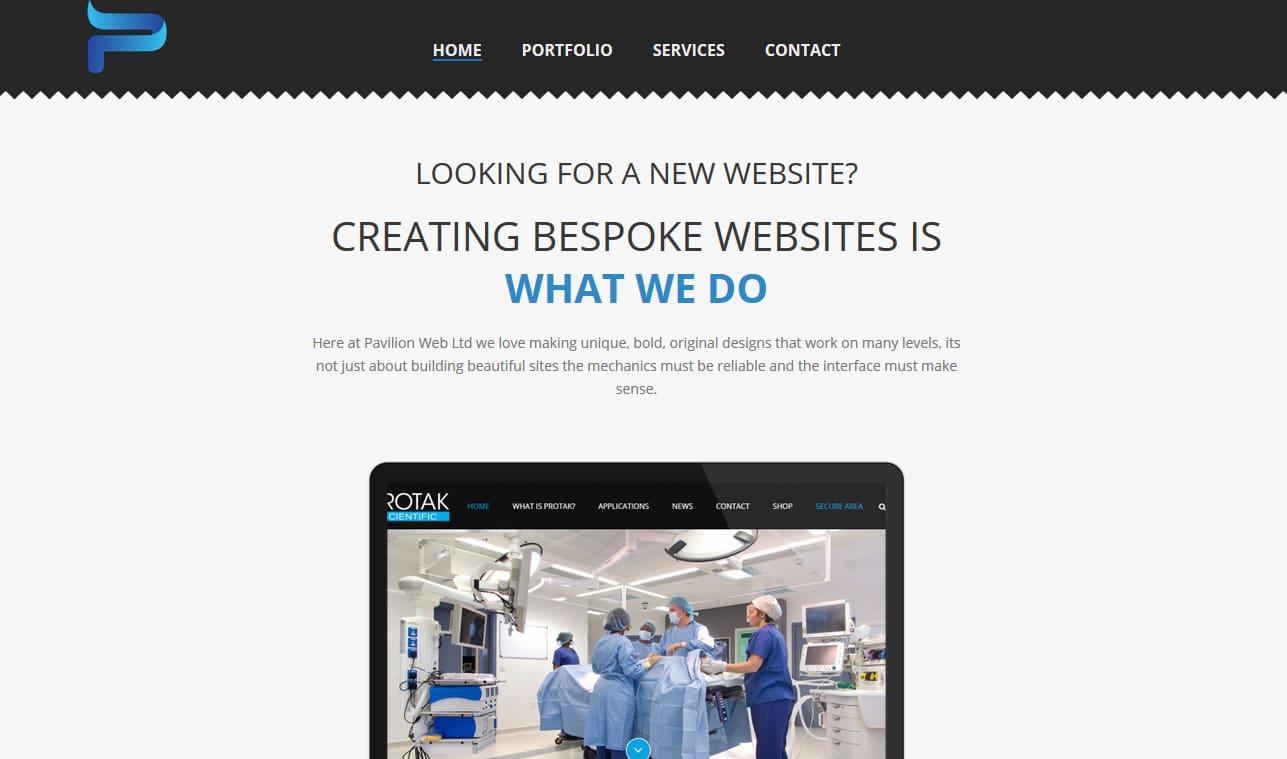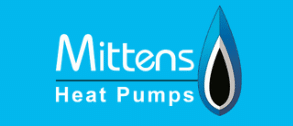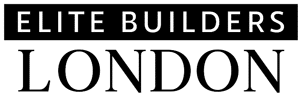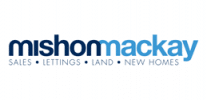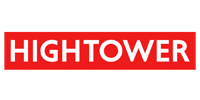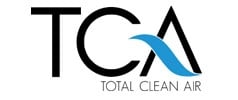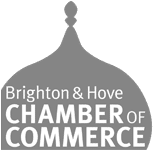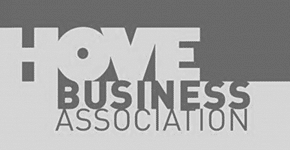Sussex SEO constantly study data and monitor how the search engines and users respond to a client’s web presence. We will continually re-enforce parts of the campaign that are working or if parts of the campaign are not working as intended we will quickly identify the root cause and correct them.
Reporting
To track the success of the campaign Sussex SEO will agree KPI’s with you. These statistics will be accessible in real time and reported on by Sussex SEO each month. Data will include an analysis of Google analytics, keyword rank tracking and user behaviour.

About Sussex SEO & Costs
Sussex SEO’s approach is simple. Unlike the majority of SEO companies, we do not just focus on ranking your site for a narrow selection of keywords, rather we focus on long term internet marketing strategies and work with clients develop an online brand presence that drives website traffic from a diverse range of sources (not just Google). This approach gains greater exposure for your brand and services across a range of search engines and social platforms.
Business Benefit
You are hiring SEO specialists that will work with you and your employees, train your team, help plan and deploy a big brand/long tail SEO and Social strategy that will rank your website(s) and web properties for 100’s of keywords using a combination of onsite SEO, content marketing, social management and link building.
We can work directly on your web property or consult on various elements regarding your SEO ambitions, helping you steer a path through what can be murky/unsafe waters at the best of times.
Talk to an expert today.
Additional reading around SEO if interested
Introduction To Search Engines & Our SEO Process
For the purpose of this document we will refer to Google as it’s the most widely used search engine in the word fielding over 3 billion searches daily. When you remove the reverence afforded to it, Google is a black box attempting to calculate the relevance of a document via a user’s search queries/keywords and serves results in a list in order of relevance. Google became the dominant search engine in the late 1990’s by returning superior / more relevant results than its competitors. Other search engines such as Dog Pile, Altavista, Lycos and a host of others were quickly abandoned and left to fade
Google achieved this by the following.
Display results based on the content of the actual site (crawler). Remove duplicate content from its index (keep the index fresh).
Promote content dependent on the number of other websites linking to it (PageRank). Over the years Google has refined and improved its ability to identify relevant information and demote disingenuous attempts to influence search results. Despite this the three principles listed above are still the core function of how the search engine functions.
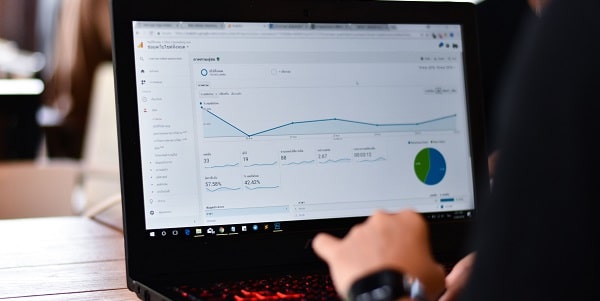
Ranking a website in a nutshell
Configuring a website to be found within Google for a desirable keyword (SEO) is at its heart an exercise of two halves:
- A labelling exercise (keyword research: understanding what users search for and labelling your content accordingly)
- Matching and exceeding your competition (quality / quantity of relevant content & links.
Preliminary audit:
- SEO analysis of a site content/structure.
- Keyword research – to distinguish search rates and competition for searched terms.
- Competition analysis.
- Existing links audit
- Plan content strategy / SILO site architecture using keyword research.
- Agree the scope of SEO project moving forward/roadmap.
Keyword Research
The most important step for any campaign is keyword research. Understanding how web users search for your products and services is critical. An online marketing campaign will either succeed or fail on the strength of viable keyword research. This holds true for paid advertising, SEO, online reputation management and every other discipline we cover.
Let us help you get your business online and grow it with passion
Onsite-SEO, Site Architecture, Trust Factors & Brand Signals
Once the initial keyword research has been completed SSEO will create detailed roadmap including a proposed site structure known as a SILO / work with your developer to implement it. The principle behind a SILO is to allow the search engine to guide the structure and content of your website. The site is structured with pages dedicated to each keyword arranged into verticals that are re-enforced by pages dedicated to similar / related keywords re-enforcing the more competitive terms. In addition Sussex SEO will ensure the necessary trust factors are in place and your site complies with Google’s 2016 web master guidelines e.g.
Competitor Research, Analysis & Link Prospecting
Link building is an important part of any SEO campaign; in fact it is essential to ranking well on Google and to a lesser degree Yahoo and Bing. Google places a heavy emphasis on the number and quality of inbound links as a measurement of how authoritative/trusted a site is for its subject matter.
The more competitive a key phrase being targeted, the more (relevant/quality) links will be needed to achieve a desired search engine rank for a given keyword.
Google PENGUIN
The single most important consideration when building links is Google’s PENGUIN algorithm. Penguin works by identifying use of exact match anchor text and the irrelevant/low quality links within a websites backlink profile. Websites with high ratio of such links will drop in rank. Sussex SEO uses a phased link building approach. All link building is intended to be PENGUIN algorithm friendly.
Every effort is make to ensure link profiles are be kept natural ensuring deep linking and a natural anchor text link profile that makes use of in-exact match, long tail and benign anchor text such as “click here”, URLS, and company names.
Foundation Link Building
SSEO starts by ensuring the website’s link profile is insulated against a penalty using a foundation layer of links (see attached presentation).
Advanced Link Building
SSEO reverse engineers direct and indirect competitors and uses a number of prospecting techniques to find relevant link opportunities (see attached presentation).
***A full list of link building options / prices will be provided separately.
Local SEO
Local SEO refers to the position a website/map listing appears within Google’s local pack for location specific searches. The local pack used to have seven places. This has now been reduced to 3 places. This update has caused many local businesses to experience a sudden drop in traffic and is more important than ever rank within the top 3.
- Google requires a company has a Google Plus page/Google Local Business listing
- The placement must be 100% complete with full branding, images, profile text and regular status updates
- Reviews left on Google Plus are a ranking factor. The more reviews the more relevant a site
- Google uses citations; brand mentions and location references for businesses to calculate its position within Google Local

**The easiest way to obtain citations are local business directories e.g. Yell.com, Freeindex.com, press releases and social media placements.
- Company profile consistence across citations sources, Google Plus and the main website coupled with online local signals embedded within a client’s website are important.
Online Branding
Online branding is the term given when Google recognises a company brand name as being an entity and it triggers a knowledge graph entry. This happens naturally as a result of citations on local business directories, adding structured data to a website, Google Plus and securing a Wikipedia placement (most important step).
Testimonials
Mark is an SEO whizz. Look no further for your SEO needs.
Sussex SEO are dedicated, hard working experts who know their SEO stuff and go the extra mile to deliver what they say they will, and more. Highly recommended.
We used Sussex SEO for our e-commerces websites and have seen some stunning results. Mark really knows his stuff, and explains what needs to be done is a clear and concise manner. The free monthly ...
Mark and the team have been fantastic. They make everything so easy and have made a huge difference to our business! Highly recommended.
I have worked with Sussex SEO for years now and their knowledge of correct practices for improving Search Engine ranking and performance is mind blowing.
Being a web developer I have worked ...
Can I just say what an outstanding job they have done with my website.
I am over the moon with what you have achieved here and what you have done so a "massive thank you" to you guys for wha...
I've been working with Mark and Sussex SEO for about 18 months, they built a terrific website for my business, built from the ground up with white hat SEO in mind. I knew from first talking to Mark...
Our web design projects
Our Clients
Have A Project In Mind?
Talk to an expert today


